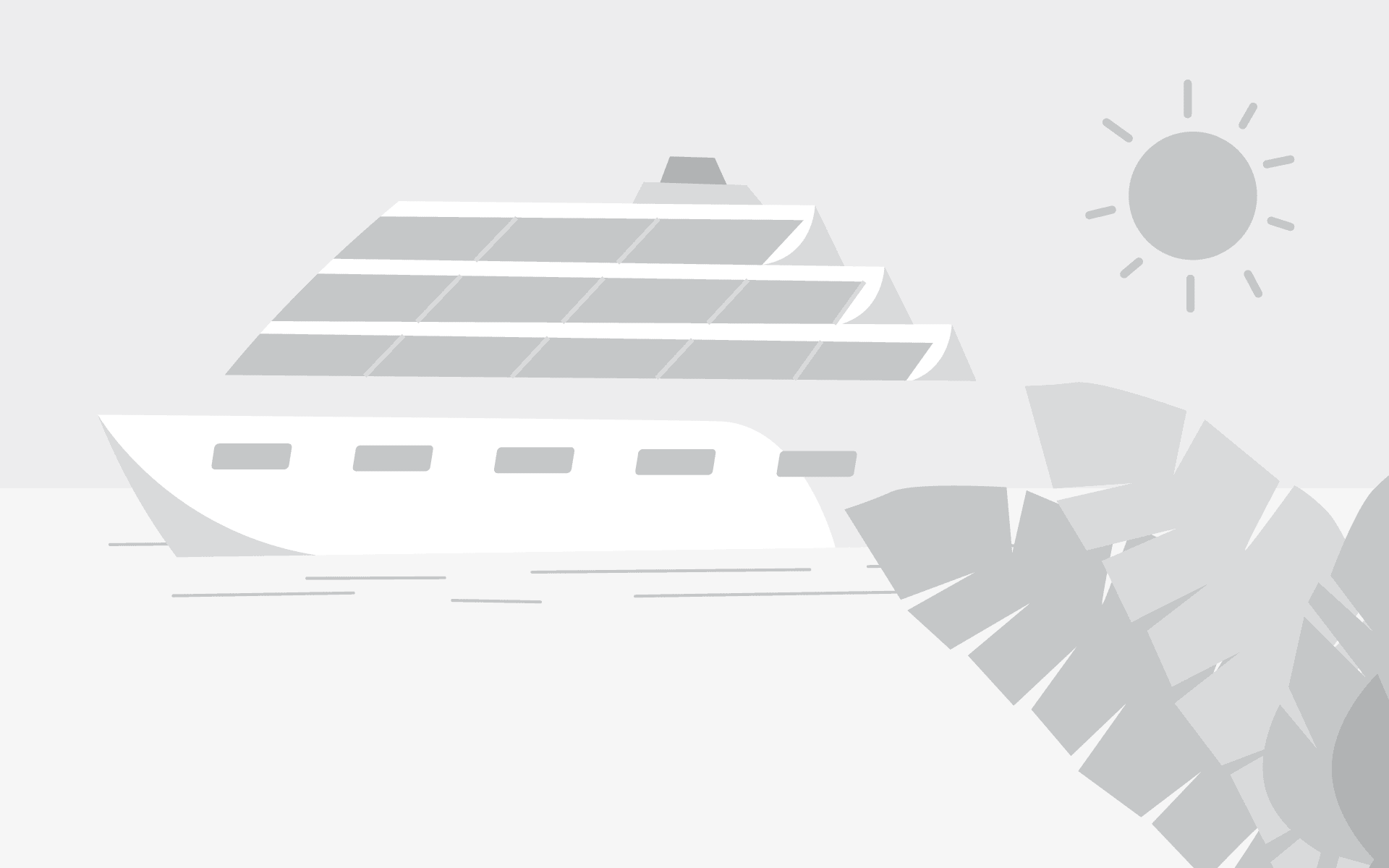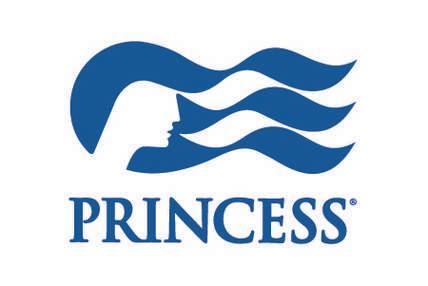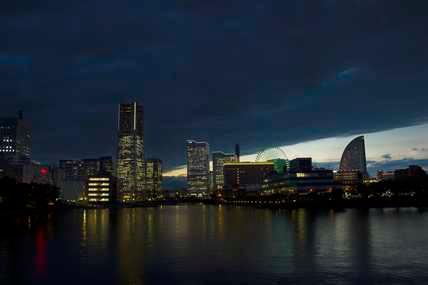25 Night Southeast Asia Cruise
Itinerary

About this cruise
Tour our vessels, from staterooms to public venues
Every Princess ship is a destination in itself with wide-ranging amenities, elevated culinary experiences and delightful activities. Below you'll find the deck plans, stateroom details, ship dining information and more for every vessel in our fleet. Visit the links, and get to know what we offer and what makes the Princess experience unique.
Available dates
Stateroom Options
- InsideFROM£4,143 pp
- OceanviewFROM£4,286 pp
- BalconyFROM£5,799 pp
- SuiteFROM£7,889 pp

dining
enrichment
kids teens
accommodation
entertainment
health fitness
dining
International Dining Room
For guests who prefer the traditional cruise ship dining experience, the ship offers a main dining room option in which they can enjoy having the same dining time, waiter and table mates each evening.
The International Dining Room on the 6th Deck serves open seating breakfast and lunch and traditional seating for dinner.
Open from around 7am to 9am for waiter served breakfast and 12 to 1.30pm on sea days for lunch, dinner seating is either 5.30pm or 8pm.
Diamond Princess
Princess Cruises
FROM
£4,143 pp
- What's included?
- The below amenities and services are included in your selected cruise fare. By choosing a promotion during the booking process you may be entitled to additional amenities or services, depending on the particular offer.












